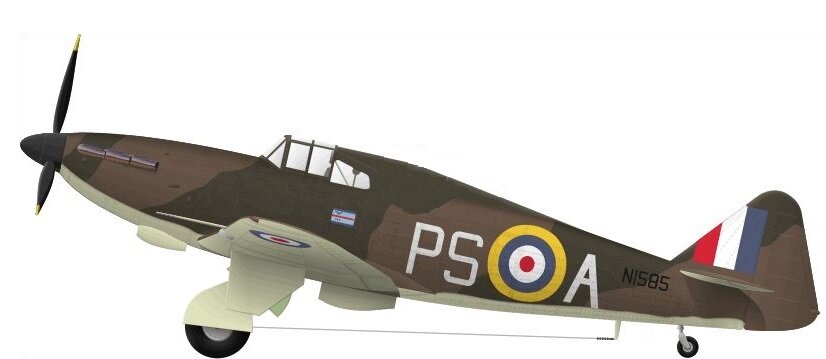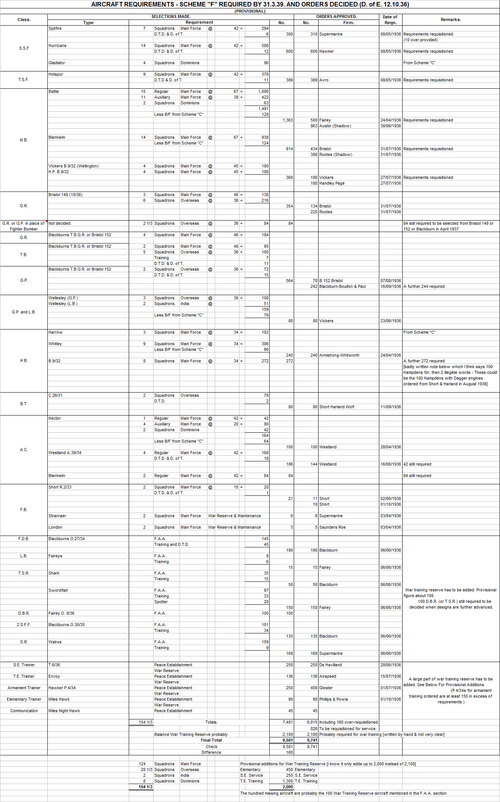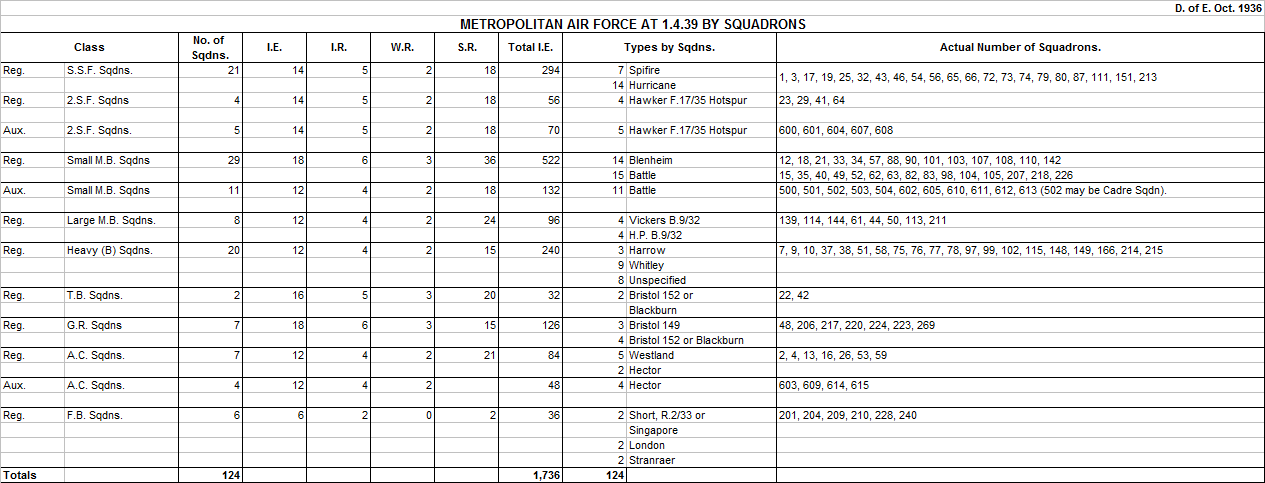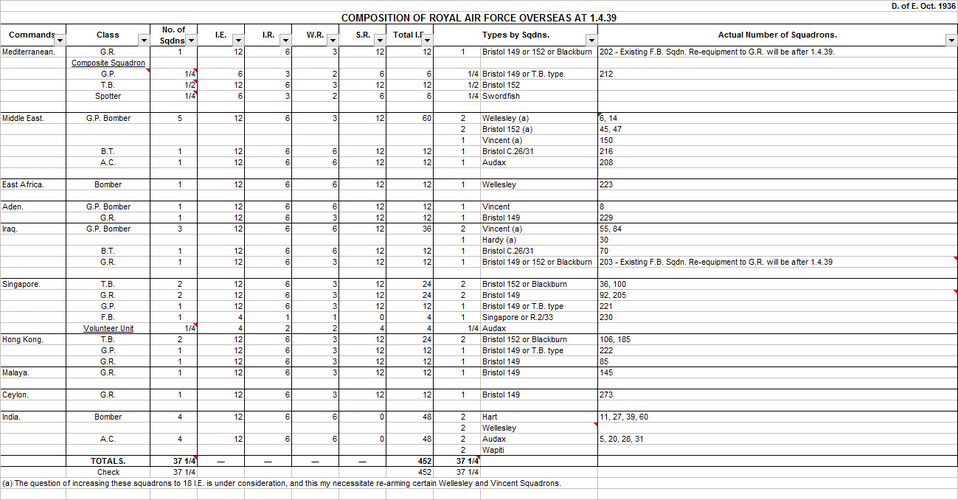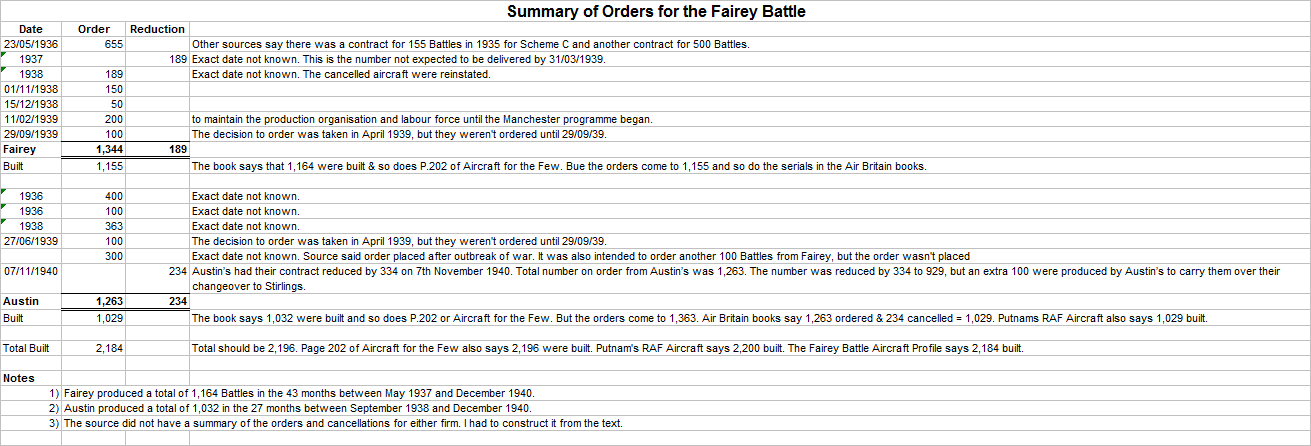Following this thread with interest . . .
My take on this. Yes. get Gloster, and Armstrong Whitworth, as part of the Hawker Siddeley Group, to build Hurricanes, but also, for other manufacturers with spare capacity, make MORE use of the Defiant. As can be seen in
THIS THREAD, the single-seat Defiant, the P.94, was designed for ease of construction, and had a better performance than the Hurricane.
The original armament scheme was 12 .303 machine guns, or 4x20mm cannons plus 4 .303s. Remember the Defiant's turret weighed 620lbs fully loaded (not sure if that includes the gunner), so there's plenty of weight to play with, for more fuel, or reduced gun armament plus a decent bomb load, 500lbs or so.
Getting more radical, now. The Spitfire was a superb fighter, but difficult and time consuming to manufacture, so can it . . . build more P.94s as a stop-gap, while Supermarine re-design the Spitfire to be easier/quicker to build. Or, get Supermarine to improve the aerodynamics of the P.94 . . .
Regarding the Battle, by the late 1930s, the whole concept is obsolete. The RAF needs to learn the lesson of the Spanish Civil War, and deploy agile, single-seat fighter-bombers, able to perform in what would nowadays be called a 'swing role', either Hurricanes, as were later used as 'Hurribombers', or yet again, reduced armament P.94s . . .
God, I'm beginning to sound like Mike Sparks, and the 'Gavin' . . .
You mentioned Napiers, in an AH I worked out, they would exit aero-engine manufacturing, and switch to producing marine and tank-engine versions of the Lion. Their aero design, and any excess production capacity would be placed at the disposal of Bristols. This means no Sabre, but the Centaurus might see service before the War's end . . .
cheers,
Robin.


